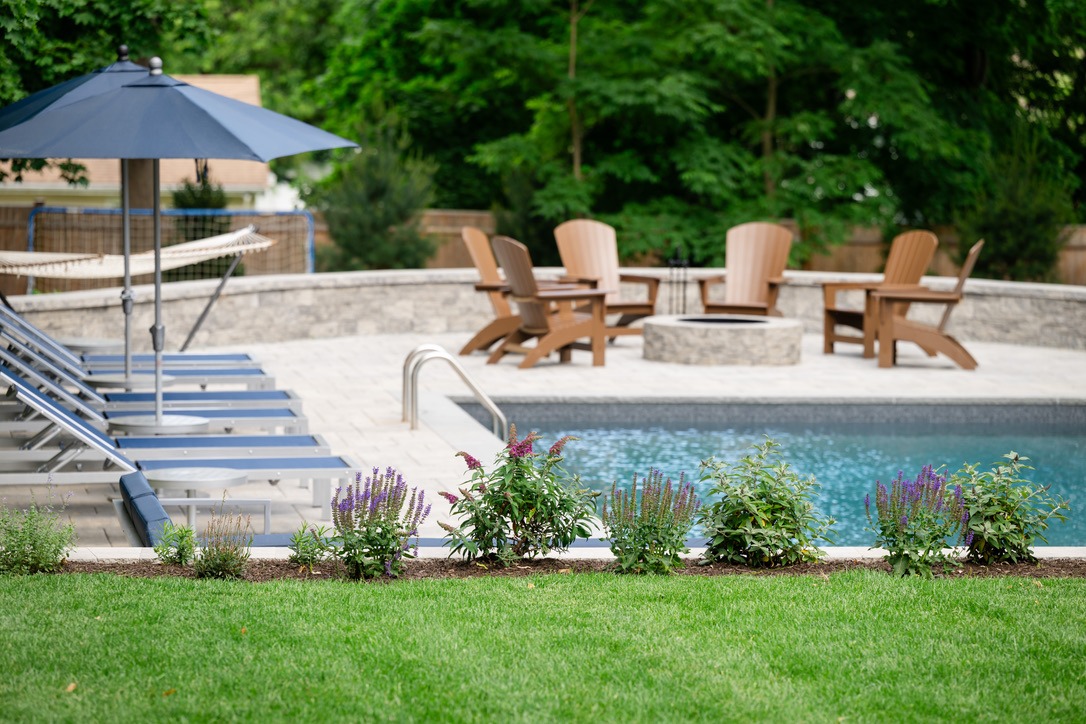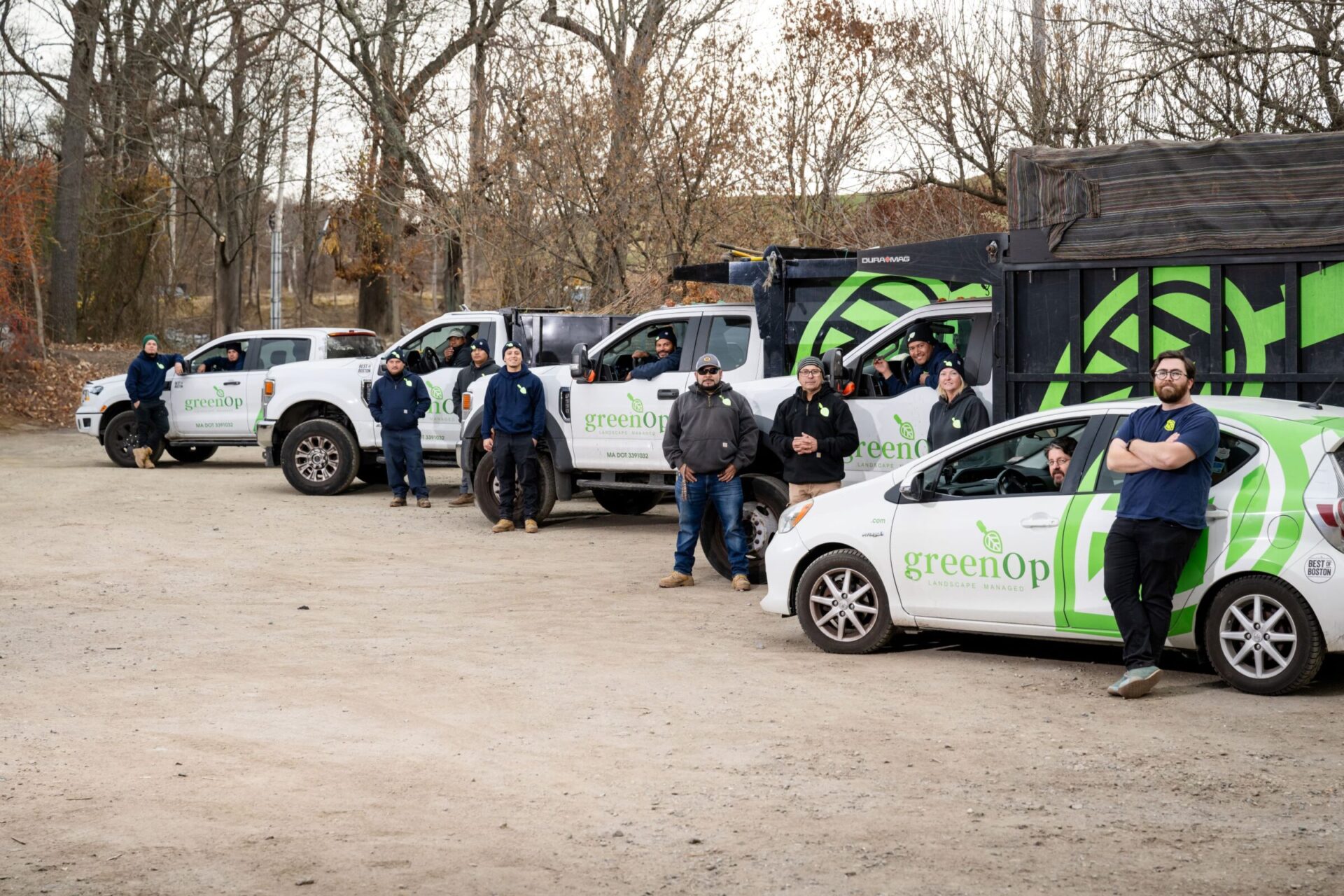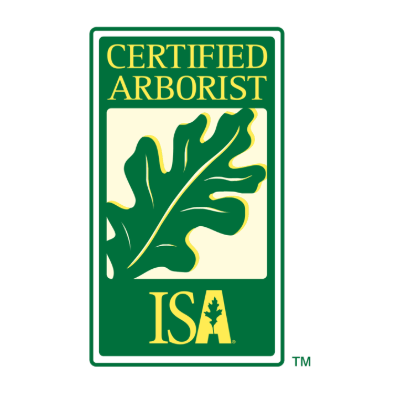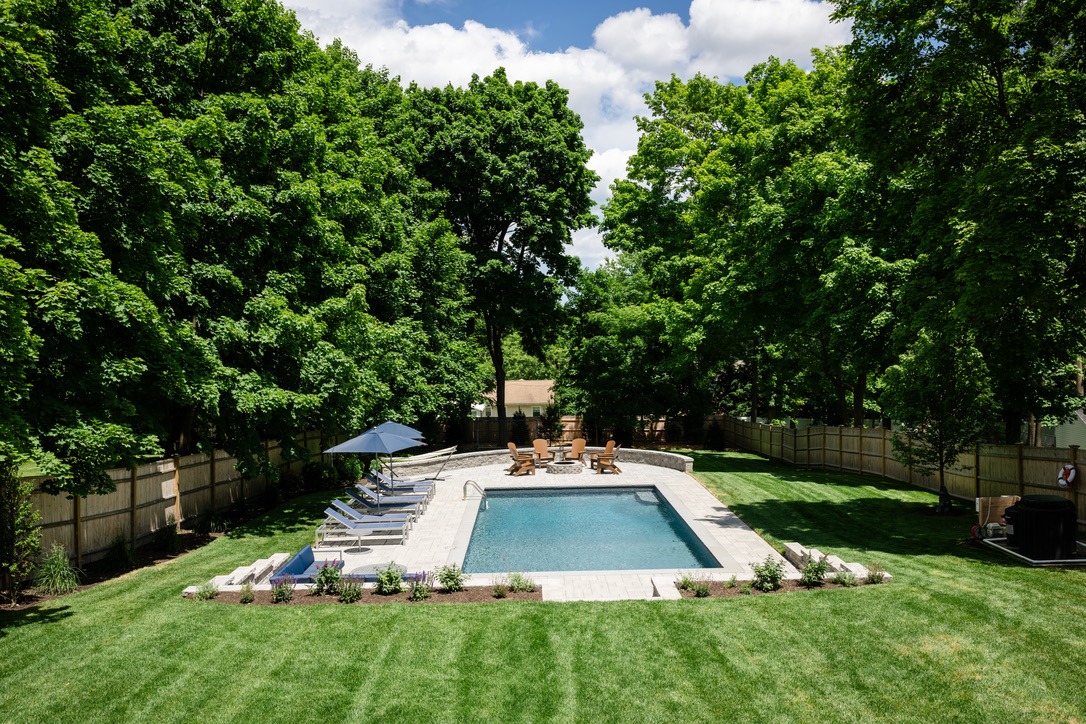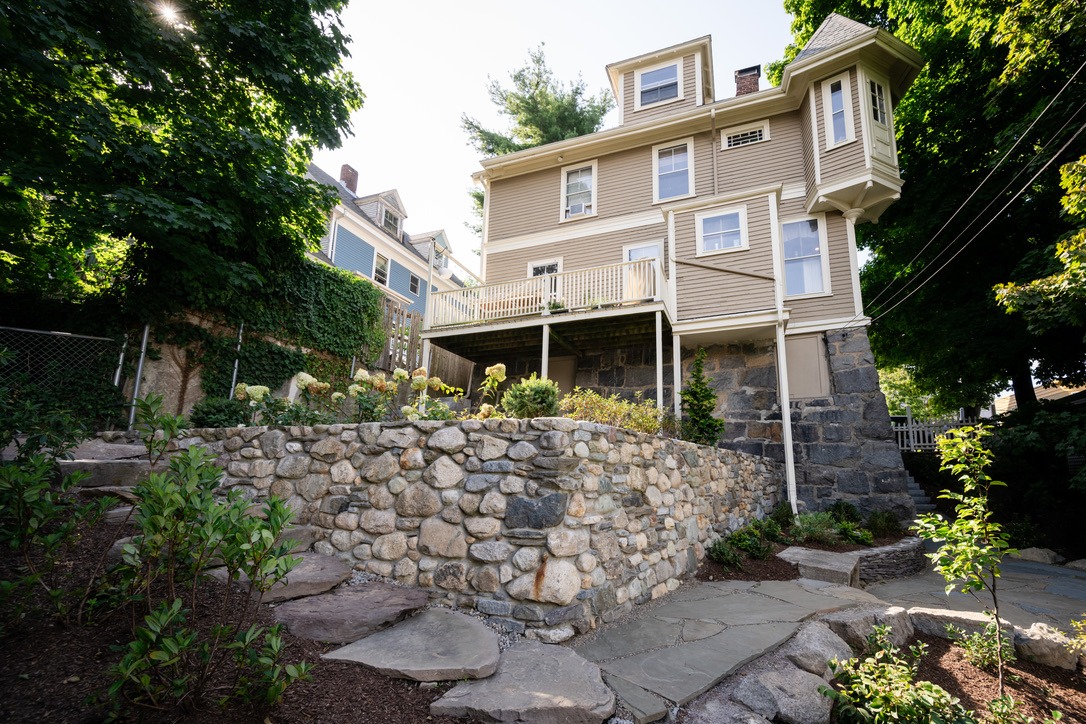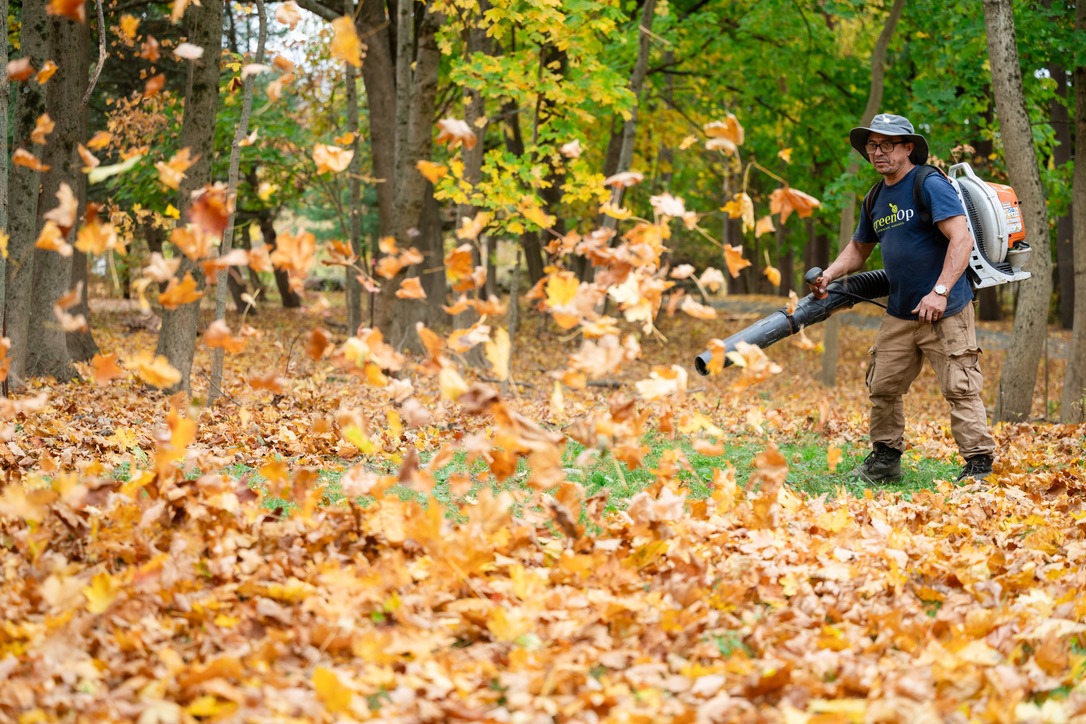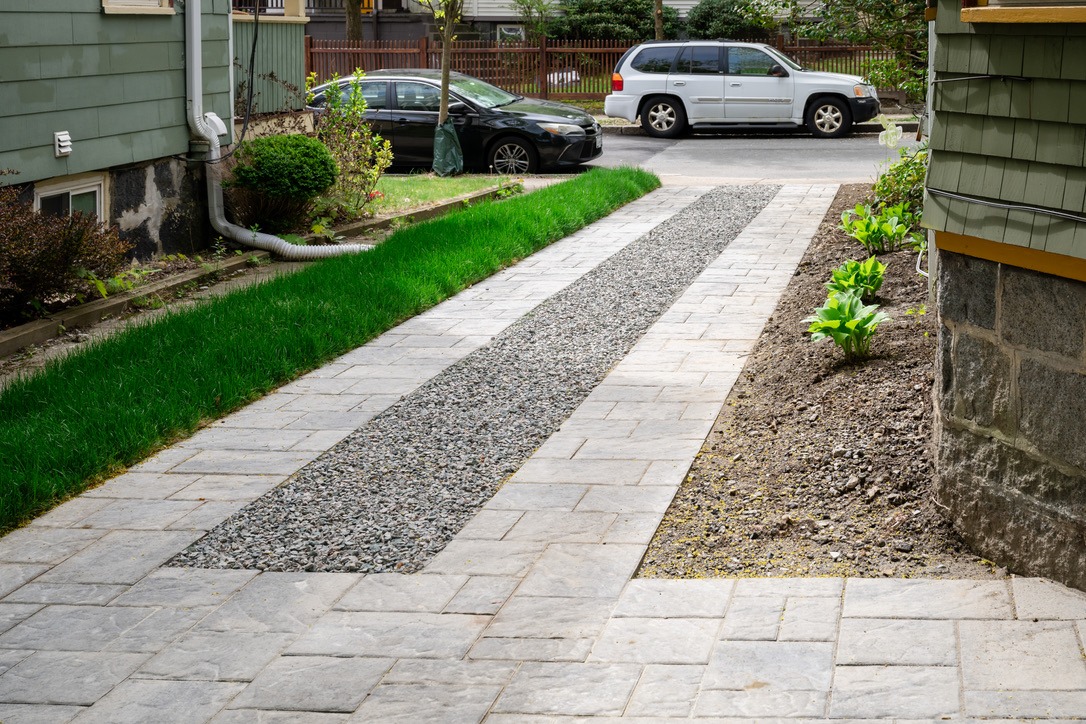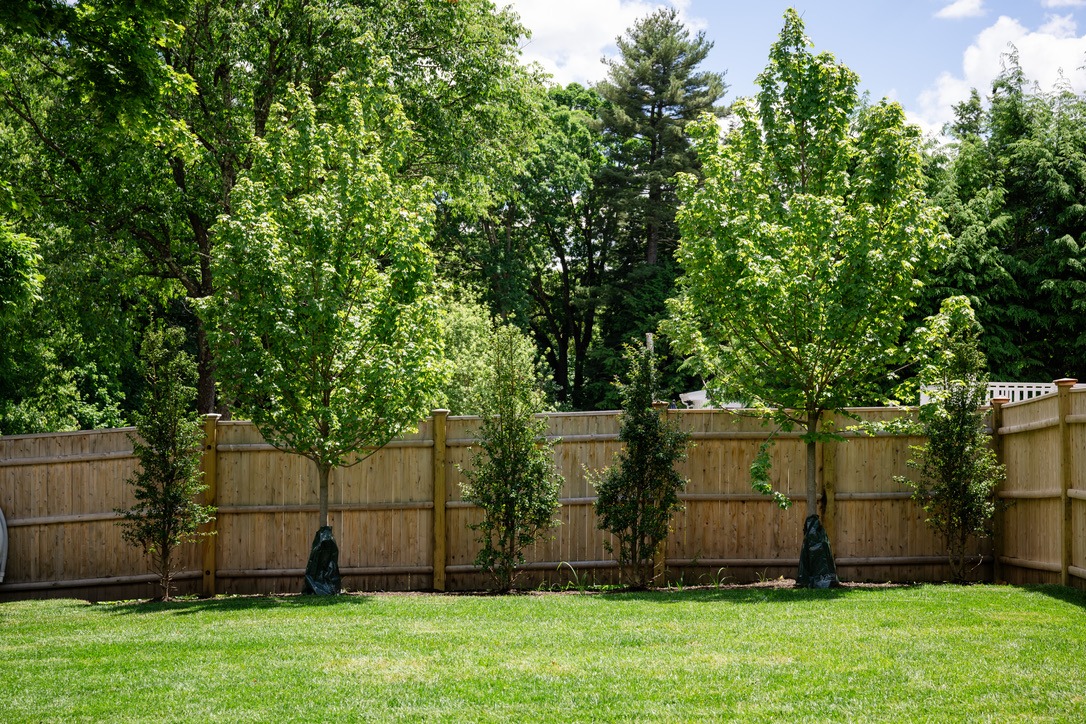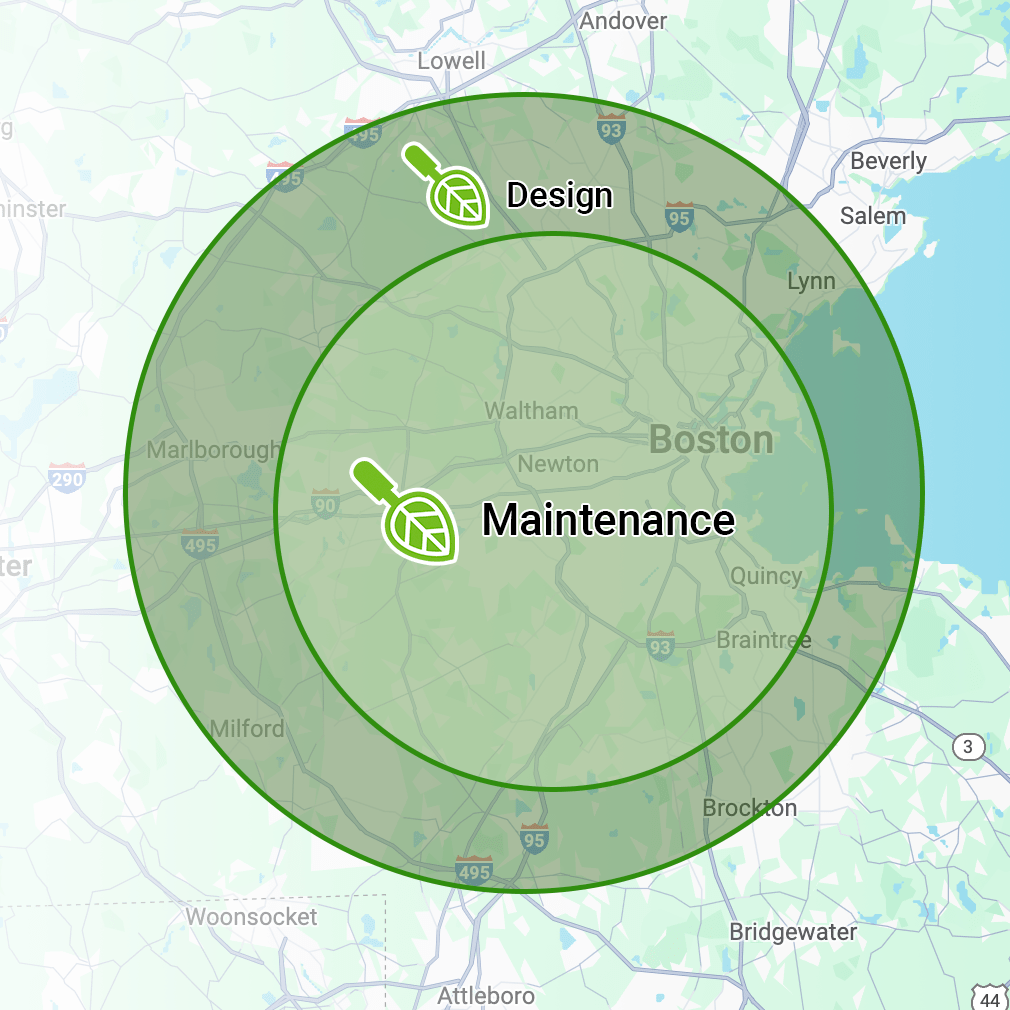Professional Landscaping in Brookline, MA: To Plant or Not to Plant?
One of the most significant decisions in professional landscaping is whether to include plant life or not. This decision can greatly affect not just the aesthetics, but also the functionality and maintenance requirements of the land.
Benefits of Hiring Landscapers in Brookline, MA
- Aesthetics: Plants add a natural beauty to landscapes. They provide color, texture and shape that can be varied according to season and preference.
- Biodiversity: Plants attract a variety of animals and insects, promoting biodiversity.
- Air quality: Plants absorb carbon dioxide and produce oxygen, improving air quality.
- Noise reduction: Strategically placed plants can help reduce noise from roads or neighbors.
However, planting does come with certain challenges that must be considered.
Landscaping Companies in Brookline, MA: Overcoming the Challenges of Planting
- Maintenance: Plants require care including watering, trimming, and fertilization. Without proper maintenance, plants may die or become overgrown.
- Climate compatibility: Not all plants can thrive in every climate. It is crucial to choose plants that are compatible with the local climate for them to flourish.
- Pests: Some plants may attract unwanted pests which could cause damage not only to your landscape but potentially your home as well.
Choosing a Landscape Contractor in Brookline, MA for Non-Plant Elements
Alternatively, there might be situations where incorporating non-plant elements into a landscape design might be preferable. These could be hardscape elements like patios, walkways or water features.
Ideal Time to Hire Gardeners in Brookline, MA
- Lack of time for maintenance: If you are unable to devote substantial time for maintaining plants regularly.
- Water conservation: If you live in an area where water is scarce or expensive
- Minimalist aesthetics: If you prefer clean lines and simplicity over lush greenery.
- High foot traffic: In commercial properties with high foot traffic, hardscaping might be more practical as it reduces wear and tear that grass or plants could suffer.
In conclusion, whether to plant or not in professional landscaping depends on your personal preference, available resources, climate conditions and the specific requirements of the landscape. It’s all about creating a balance between aesthetics and functionality. A professional landscaper would be adept at understanding your needs and providing suitable solutions, ensuring a landscape design that is unique to you.
Choosing the Ideal Landscaping Services in Brookline, MA
One of the most significant factors that influence successful landscaping is identifying and understanding the ideal zone for landscape installation. Generally, these zones are geographically defined areas which indicate where specific plants can grow based on conditions such as climate, soil type, and light exposure.
Different plant species thrive under varying conditions. As such, understanding what plants are ideal for your specific zone will help you decide which ones to include in your landscape design.
Discovering Landscaping Companies Near Me
Commonly used by gardeners and farmers, hardiness zones are a standard way to identify the climate conditions suitable for growing particular types of plants. The United States Department of Agriculture (USDA) has designed a Plant Hardiness Zone Map that divides North America into 11 separate zones. Each individual zone is approximately 10 degrees Fahrenheit warmer or colder in an average winter than its neighboring zone.
- Visit the USDA Plant Hardiness Zone Map.
- Enter your zip code in the “Find Your Hardiness Zone by ZIP Code” box.
- The map will zoom into your location and display your zone.
Knowing this information helps determine which plants will best suit your landscape based on average lowest winter temperatures.
Heat Zones
Another important consideration when determining the ideal landscape installation zone is understanding heat tolerance of different plants – often referred to as heat zones.
The American Horticultural Society (AHS) created a Heat-Zone Map dividing North America into 12 separate zones based on average annual high temperatures.
You can check the AHS Heat-Zone Map to understand which plants can tolerate heat conditions in your area, thereby ensuring their survival during hot summers.
Microclimates
Within these larger geographical areas, it’s essential also to consider microclimates – smaller areas within a defined geographical area where the climate differs from the surrounding area.
Elements such as buildings, bodies of water, or hills and valleys can affect microclimates by altering wind patterns and sunlight exposure. Understanding these small variances can help you create a landscape design that takes full advantage of your specific location.
Soil Type
Different plants thrive in different soil types. Sandy, clay, or loamy soils all have unique characteristics which can affect plant growth. Therefore, determining the soil type in your landscaping zone is crucial.
Soil testing services are available to assess the composition of your soil and make recommendations about which plants may thrive best in those conditions, or what amendments may be necessary to improve your soil for a wider variety of plantings.
By understanding these elements – hardiness zones, heat zones, microclimates, and soil types – you can make informed decisions about landscape installation for your specific area. With this knowledge at hand, you are better equipped to create a beautiful and thriving landscape that will flourish throughout the year.
Exploring the Beautiful Landscape in Brookline, MA
Light exposure is a crucial factor that greatly influences landscape design. A profound understanding of light exposure can help us create a thriving, vibrant, visually appealing landscape. Different plants have different sunlight requirements, and placing them in areas with appropriate light conditions ensures their optimal growth and longevity.
Types of Light Exposure
There are three main types of light exposure: Full Sun, Partial Sun/Shade, and Full Shade.
- Full Sun: This refers to areas that receive direct sunlight for at least 6 hours each day. Plants that thrive in full sun include cone flowers, sunflowers, lavender, and rosemary.
- Partial Sun/Shade: These are areas that get direct sunlight for about 3 to 6 hours per day. Impatiens, hydrangeas, and Japanese maples are a few examples of plants that do well in partial sun or shade.
- Full Shade: These spots receive less than 3 hours of direct sunlight daily or they’re constantly under dappled shade. Ferns, hostas, and foxgloves prefer such environments.
Effects of Light Exposure on Plant Health
- Yellowing leaves or leaf scorch
- Limited flower or fruit production
- Weak stem growth
- Overall stunted growth
How Light Exposure Influences Landscape Design
Understanding the patterns of light exposure across your landscape assists you in creating an aesthetically pleasing yet functional design. It helps you strategically place plants where they’ll not only grow best but also contribute to the overall look you’re trying to achieve.
- Use low-growing shade-loving plants under large trees.
- On south-facing walls which tend to receive the most sunlight, consider planting sun-loving shrubs or a trellised vine.
- In areas with partial shade, plant species that can tolerate a mix of sun and shade.
Ways to Measure Light Exposure
- Observe the area at different times of day throughout the seasons.
- Use a light meter. It’s an instrument that measures the intensity of light within a particular area.
Whether you’re a professional landscaper or an avid gardener, understanding how light exposure impacts landscape design is key to creating beautiful, thriving outdoor spaces. By carefully considering sun and shade patterns in your yard, you can select and place plants in ways that promote their health and highlight their beauty — contributing to a successful landscape design.
The Significance of Landscape Design in Brookline, MA
Soil composition plays a significant role in the success and sustainability of any landscaping project. The different types of soils each have unique characteristics, advantages, and limitations, and understanding these can help guide your choice of plants and overall design.
Basic Elements of Soil Composition
- Sandy Soil: This type has the largest particle size and drains quickly after rain or watering. However, it doesn’t hold onto nutrients well.
- Silty Soil: Silty soil is smoother than sandy soil and retains water longer but drains poorly.
- Clay Soil: Clay has the smallest particle size among all soil types. It drains slowly but holds onto nutrients well. On the downside, it can become easily compacted which restricts root growth.
- Loamy Soil: This is an ideal mixture of sand, silt, clay and organic matter. Loam retains moisture and nutrients well while also providing good drainage.
How Soil Composition Affects Plant Growth
Different plants have different requirements for their growth and survival. Some plants prefer sandy soils with excellent drainage properties while others thrive in clayey soils that retain water longer. The nutrient content also varies across different soil types – for instance; loamy soils are usually more fertile than sandy soils due to the presence of a higher percentage of organic matter.
It’s worth noting that some elements required by plants such as nitrogen, phosphorus and potassium are absorbed better in certain soil pH levels.
Optimizing Your Landscaping Based on Soil Composition
- Soil Testing: Perform a comprehensive test on your soil to identify its type and pH level. This data can guide you in choosing the right plants for your landscape.
- Soil Improvement: Depending on the identified soil type, consider enriching it with compost or other organic matter to improve its structure, nutrient content and drainage properties.
- Plant Selection: Choose plants that are well-suited to the soil type in your garden.
In summary, knowing the composition of your soil is crucial for successful landscaping. This knowledge allows you to select suitable plants and implement appropriate soil improvement methods, therefore ensuring a healthier and more sustainable landscape.
Importance of Lawn Care in Brookline, MA for Your Residential or Commercial Landscape Design
When planning your landscaping design, one aspect that may not immediately come to mind is the local wildlife. However, the potential impact of wildlife on your residential or commercial landscaping design can be significant. Everything from small insects to large mammals has the potential to influence how well your landscaping thrives and endures.
The Role of Insects
Insects play an essential role in pollination, a crucial process in plant reproduction. Bees, butterflies, and other pollinators are beneficial for flower beds and vegetable gardens alike. However, some insects can be detrimental to plants’ health. Aphids, caterpillars, and Japanese beetles can cause damage to leaves and stems, negatively impacting your plant’s growth and aesthetic.
The Contribution of Birds
Birds contribute significantly to the natural control of pest populations. They eat insects that can harm your plants while also playing a major function in spreading seeds across various areas. On the flip side, birds may also target your fruits or vegetables if you have them. A well-thought-out landscape design would include bird-friendly features (like birdhouses or feeders) that encourage these feathered friends’ presence without jeopardizing your plants.
Small Mammals
Small mammals such as rabbits, squirrels, moles, and gophers can present a challenge for homeowners and commercial property owners alike due to their propensity for burrowing and chewing on plant roots or bark. If you live in an area where these animals are common, it’s important to consider deterrent methods or choose hardy plants less likely to be appealing as food sources.
Larger Wildlife
Larger wildlife like deer can have a dramatic impact on your landscape design if they start nibbling on flowers or shrubs you’ve planted. They may be drawn by certain types of plants; therefore selecting deer-resistant species could help protect your garden without the need for fences or other direct deterrents.
Designing with Wildlife in Mind
- Select plants that attract beneficial insects and birds.
- Incorporate elements that deter pests (like certain types of mulch or plants with strong scents).
- Use physical barriers, such as plant cages or netting, to protect vulnerable plants.
- Choose plant varieties known for resistance to local wildlife.
Incorporating considerations about wildlife into your landscape design is not only important for protecting your investment but also contributes to creating a balanced ecosystem within your property. It represents a sustainable and environmentally friendly approach to landscaping that can result in a beautiful, thriving outdoor space.
